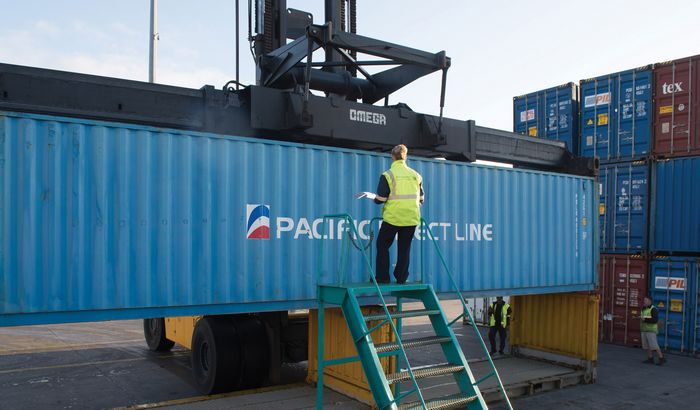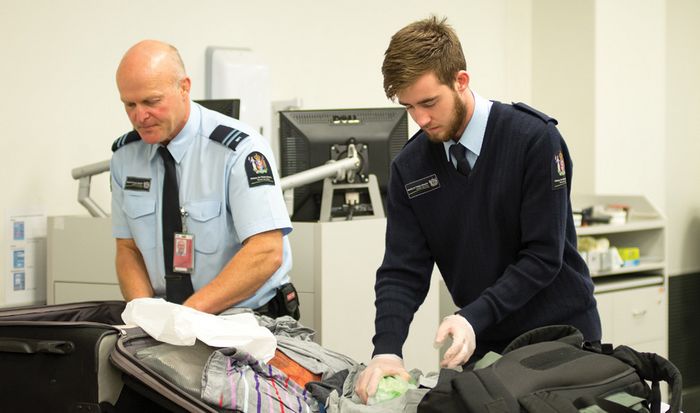Have insect, will travel

Thousands of different insect species accompany humans almost everywhere we travel. For the first time, a global picture has emerged about the extent to which insects are intercepted at international borders.
A study published in July 2021, led by Scion mathematical biologist Dr Rebecca Turner, collated and analysed data of insect interceptions at international borders for nine regions of the world spanning 25 years.
Collectively 8,716 insect species were identified from 1.9 million interception events at ports of entry such as container ships and passenger bags at airports. The regions studied were New Zealand, Australia, South Korea, Japan, Canada, mainland USA, Hawaii, the UK and an additional region comprising 52 European and Mediterranean countries.
Dr Turner’s initial project explored the potential of using border interception data to predict arrivals and establishments of invasive pests in New Zealand. However, to provide a truly global perspective on insect travel, the project grew to include international interception data.
“Although we’re really good at biosecurity in New Zealand and we’ve got a really good rate of interceptions, we’re still a small country, and we can only collect a certain amount of information. When it comes to biosecurity, knowledge is power,” says Dr Turner.
“The international data gives us a much more complete picture of insect movement and establishment. This is useful for predicting local establishment.”
Within New Zealand, the data provided by Biosecurity New Zealand (MPI) covered border interceptions from 2000 to 2017. For this period there were 71,588 interception events for 1,477 different species. Of the regions analysed, New Zealand had the highest number of interception events relative to import values, emphasising the importance we place on biosecurity. All found insects are destroyed at the port of entry although most insects that arrive in New Zealand are already dead due to the phytosanitary measures put in place abroad or locally.
Some insect species that reach our shores will eventually settle here. While most have little or no notable effect, species such as the pine bark beetle and granulate ambrosia beetle can pose serious problems for forestry or horticulture once they establish.
This research was made possible through the collaboration of multiple national and international researchers and government agencies. The research collaboration was funded by the Biological Heritage National Science Challenge, Te Punaha Matatini and the Strategic Science Investment Fund (MBIE).

